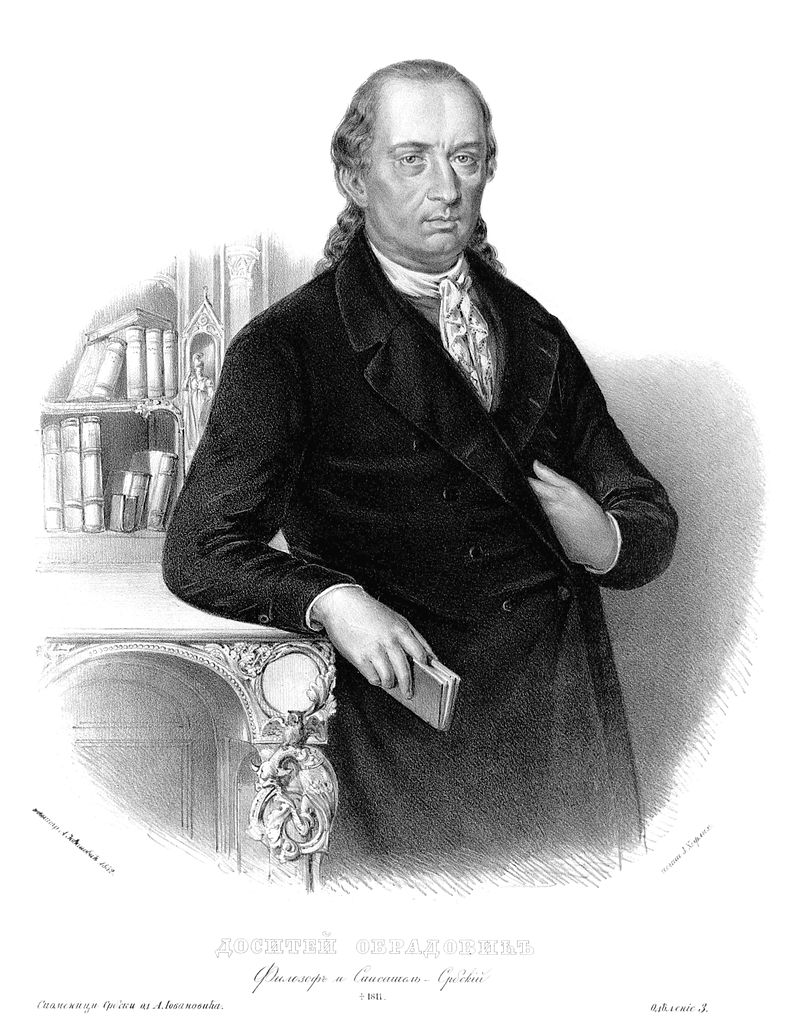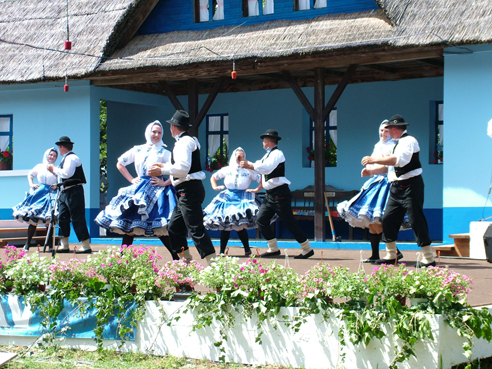OUR BLOG
SLOVAK REPUBLIC
BILATERAL RELATIONSHIPS
Slovakia is a small Central European country with striking mountain landscapes of the Western Carpathians, rich culture, tradition, and history. Although Slavic tribes moved to the territory of today’s Slovakia during the 5th and 6th centuries, its modern history begins with the creation of democratic Czechoslovakia after the First World War. The fall of the communist regime in 1989, after the peaceful Plush Revolution, was followed by the re-separation of the country into the Czech Republic and the Slovak Republic, which became a member of the European Union in May 2004. The capital is Bratislava, about 70 kilometers from Vienna, and the only city in the world that borders two countries.
Although Slavic tribes moved to the territory of today’s Slovakia during the 5th and 6th centuries, its modern history begins with the creation of democratic Czechoslovakia after the First World War. The fall of the communist regime in 1989, after the peaceful Plush Revolution, was followed by the re-separation of the country into the Czech Republic and the Slovak Republic, which became a member of the European Union in May 2004. The capital is Bratislava, about 70 kilometers from Vienna, and the only city in the world that borders two countries.
Today, Slovakia is considered an advanced, high-income economy. Services are the largest sector of the economy, as well as agriculture, mining, and industry, while the automotive industry makes up a significant portion of the country’s exports.
When it comes to tourism, the High Tatras, a famous ski center, attracts many fans of this sport, although the lakes and rocky valleys attract visitors all year round. A great contribution to tourism is made by beautiful medieval castles and fortifications, from the time of the last line of defense against various invasions from the East and Southeast.

The deep-rooted folk tradition of Slovakia is expressed through art and architecture. Several locations belong to the UNESCO world heritage, such as the wooden village of Vlkolinec. St. Elizabeth’s Cathedral from the Gothic era in the eastern city of Košice is also the largest church in Slovakia.
 Village Vlkolinec
Village Vlkolinec
Bilateral relations
Slovakia is a parliamentary democratic republic headed by a prime minister, who has the most executive power, and a president who formally heads the executive branch, with limited powers. The country is divided into eight regions, each named after its capital, which in 2002 received a certain degree of autonomy. Grasalkovic Palace and the residence of the President of Slovakia in Bratislava
Grasalkovic Palace and the residence of the President of Slovakia in Bratislava
Bilateral relations between Serbia and Slovakia are very good and substantial. The two countries have an intensive and continuous political dialogue at all levels, and the Slovak national minority in Serbia, as well as the Serbian national minority in Slovakia, make a special contribution to the relations between the two countries.
Serbs in Slovakia
About 6,000 members of the Serbian national minority currently live in Slovakia. Already the third generation of Serbs lives in certain parts of the country, and have been granted the status of a national minority, thus gaining protection through international law and interstate agreements, and have their representative in the Council of the Government of the Slovak Republic for National Minorities.
It is recorded that during the 18th and 19th centuries, a large number of Serbian students stayed in Slovakia. Among them were those who later became the bearers of the political, social, and cultural life of the Serbs: Jovan Rajić, Dositej Obradovic, Jovan Muskatirovic, Pavle Kengelac, Joakim Vujic, Dimitrije Davidovic, Sterija Popovic, Djura Danicic, Svetozar Miletic, Jovan Jovanović Zmaj, and Jovan Grcic Milenko. In 1838, Serbian students in Bratislava founded the “Serbian Society and Library in Pozun”, which in the period from 1865 to 1873 was called “Sloboda”.
 Dositej Obradović
Dositej Obradović
Slovaks in Serbia
Slovaks are today the third largest national minority in Vojvodina.
After the liberation of the Habsburg Monarchy from Turkish rule, Slovaks immigrated in several waves in the 18th century. Colonists were mostly poor peasants and artisans, but with them, in smaller numbers, educated teachers and priests came. Although the majority of Slovakia are Roman Catholics, Slovaks in Vojvodina are Protestants, and the first Evangelical church was built in 1783 in Backi Petrovac. The most significant institution for the culture of Slovaks was Matica slovacka, founded in Backi Petrovac in 1932, which is still actively working to preserve Slovak identity and develop the social position of Slovaks, especially in the fields of education, culture, art, Slovak language, and literature.
 The cultural life of Slovaks has always been extremely developed. This primarily refers to fine art – the naive painting that Slovaks are known for. In the center of Slovak naive art, Kovacica, since the fifties of the 20th century, works inspired by Slovak customs, rural life, and tradition have been created, which achieved great success not only in our country but also at numerous exhibitions in the world.
The cultural life of Slovaks has always been extremely developed. This primarily refers to fine art – the naive painting that Slovaks are known for. In the center of Slovak naive art, Kovacica, since the fifties of the 20th century, works inspired by Slovak customs, rural life, and tradition have been created, which achieved great success not only in our country but also at numerous exhibitions in the world.
In Vojvodina, there are 16 elementary schools where classes are held in the Slovak language, and in Backi Petrovac and Kovacica Slovak high schools were also established. In addition to theatrical amateurism, the Slovak national community also organizes numerous festivals such as the folklore festival of the Slovaks of Vojvodina “Dance, dance” and the festival of singers – soloists of Slovak original folk songs ” Stretnutí v pivnickom poli ” in Pivnice.

https://slovackizavod.org.rs/sr/manifestacije-i-festivali/muzicko-folklorni-festivali/tancuj-tancuj/








 2018
2018